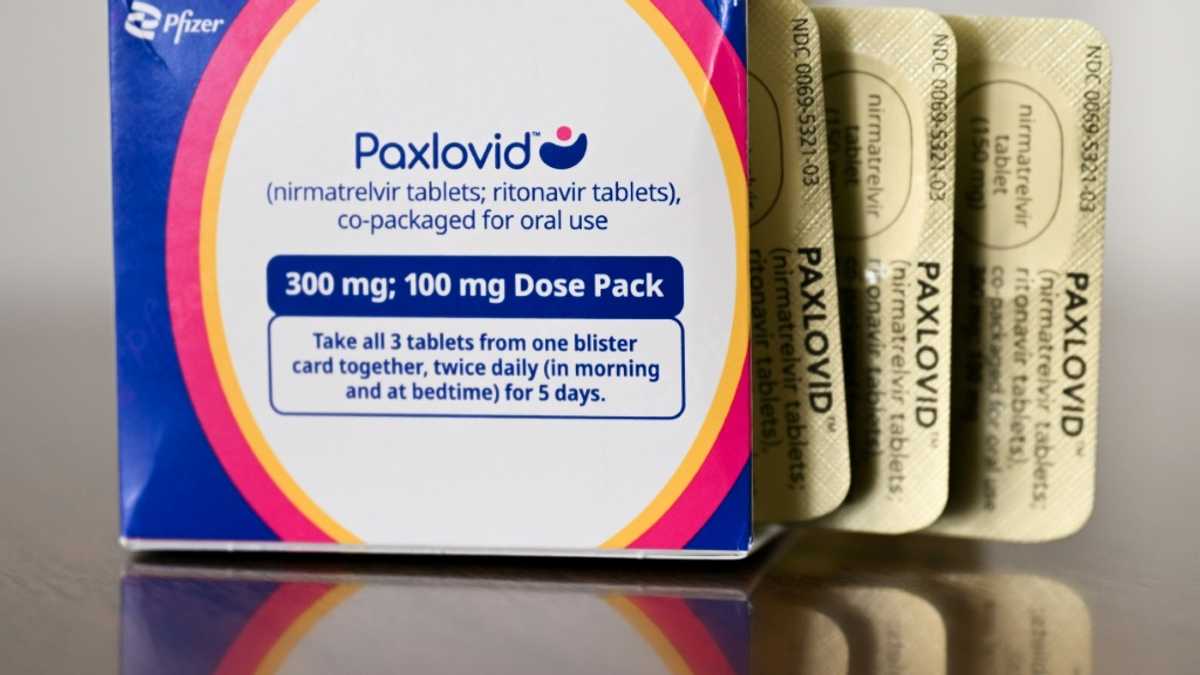It is home to some of the most iconic national parks in the world. Ski and hike Banff or check out the bison-filled prairie provinces before kayaking fjords in Québec. Further north in Nunavut, Yukon, and the Northwest Territories, you can chase northern lights without paying Scandinavian prices. Love unique events? Check out skijoring (skiers pulled by a horse and rider) or the annual stampede in Calgary. Every summer, the festival city of Montréal hosts the Montréal International Jazz Festival, POP Montreal, and more. Winnipeg Folklife is not to be missed, and neither is the Atlantic Film Festival in Halifax. No matter what your interests are, Canada makes for a wonderful destination.
Important Things to Know Before Traveling to Canada
1 OF 11
All travelers must have a valid travel document before entering Canada, typically a passport issued by their country of citizenship. Some nationalities may need to apply for an Electronic Travel Authorization (ETA) before entering or transiting through Canada. Other nationalities may need to apply for a visa in person at a Canadian Embassy abroad. The Government of Canada has a page that can help determine your case.
No visa or ETA is required for stays under six months for U.S. citizens. Present a passport, an Enhanced Driver’s License, or a NEXUS pass at the border. U.S. permanent residents will need to present a passport from their country of citizenship as well as their U.S. Permanent Residence (Green). More information can be found on the Government of Canada’s website.
2 OF 11
Canada uses the Canadian dollar in all 13 provinces and territories. Cash and cards are accepted at most vendors. Make sure to alert your bank before travel to avoid holds.
The cost of travel in Canada is not cheap and is comparable to the U.S., with a bit of a discount or upcharge depending on the current exchange rate. Expect to pay at least a couple of hundred dollars for domestic flights and train tickets, a minimum of $100 a night for hotels in major Canadian cities, and $20-60 for a restaurant meal. Gas is often more expensive than American pricing. If you travel to more remote parts of the country, expect prices to increase.
3 OF 11
A car is best for short to medium distances within or to a neighboring province or territory. For travel across the country, take domestic flights via Air Canada or WestJet. These can drastically increase the cost of your trip, so factor that in when planning an itinerary. ViaRail, Canada’s national train carrier, is a great alternative to flying. The prices aren’t necessarily better, but it’s kinder to the environment and a fun way to see more of the country.
Major cities such as Vancouver, Toronto, and Montréal have robust public transportation options. Bus routes, metros/subway lines, streetcars, and rideshare apps can easily help you get around sans a rental car. Rent a one-day vehicle for day trips such as Niagara Falls from Toronto or Banff from Calgary.
Coastal provinces have connections to the mainland via ferry. Check the BC Ferries, Bay Ferries, Société des traversiers du Québec, and Marine Atlantic, for more information.
4 OF 11
Eating culture in Canada is similar to that of the U.S., with a few unique cultural exceptions. Restaurants vary from casual sit-downs to more formal and five-star institutions. Cocktail and dive bars, comfy cafes, and third-wave coffee shops are plentiful. Tipping is standard. You’ll also encounter typical fast-food chains like Starbucks, McDonald’s, and KFC. But Canadians tend to favor their homegrown brands such as Tim Hortons (don’t miss Timbits), Harvey’s, and BeaverTail. There are also plenty of uniquely Canadian dining experiences, such as Cabane au Sucres (Sugar Shacks or maple syrup farms) in Quebec, ice bars in British Columbia, and lobster feeds in Nova Scotia.
Québec is home to a lot of your “typical” Canadian fares such as cheese curds, poutine, Queue de Castor (aka—Beaver Tail, sweet dough with toppings,) and maple syrup. Locals will insist Montreal bagels put New York ones to shame. Other national favorites include Nanaimo Bars (coconut chocolate bars named after the Vancouver Island town), Ketchup chips, and moose meat. On the coasts, the Atlantic provinces have fresh seafood, and Vancouver has an unparalleled dim sum.
When it comes to alcoholic drinks, the drinking age is lower than in the US and varies from province to province. In Québec, Alberta, and Manitoba, the legal drinking age is 18, in the rest of the country, it is 19.
INSIDER TIPFor coffee lovers, don’t order an Americano. It’s called a Canadiano up north.
5 OF 11
Canada has national health care for citizens and residents, with high standards of care. As a visitor, you will be able to access care if needed during your visit, but will not be covered under Canadian coverage. That said, out-of-pocket costs are much lower than similar care costs in the U.S.
Travel insurance is recommended for travelers from all countries to help you with coverage should you need it.
As of April 2024, Canada no longer requires proof of Covid-19 vaccination or testing to enter. Depending on where you’re traveling from, you may need to show proof of vaccination against other infectious diseases.
6 OF 11
The Great White North might be best known as the ultimate winter destination, but all provinces and territories enjoy four distinct seasons. The months do vary in each region.
Early fall has plenty of sunny days across the country. From mid-to-late October through November, wind and rain arrive in coastal British Columbia and the Atlantic provinces (New Brunswick, Nova Scotia, Prince Edward Island, and Newfoundland and Labrador). Meanwhile, the first snow can fall as early as October in the Rockies, Nunavut, Yukon, and the Northwest Territories.
In winter, Canada’s best-known season brings snow and frigid temps to most provinces and territories. However, some parts of coastal B.C. and the Atlantic provinces stay more temperate and rain filled.
In spring, or mud season as it’s known in many provinces and territories, the thick snow cover begins to melt off and feed rivers, waterfalls, and sometimes, the streets. Starting in mid-March through April, be prepared for traffic deviations for both vehicles and pedestrians as communities remove snow. In summer, one of the best seasons across Canada, prepare for surprisingly warm temps and high humidity in Ontario, Quebec, and coastal B.C.
7 OF 11
Your packing list for Canada will vary depending on the time of year, your in-country destinations, and planned activities.
Late fall through winter (November through March) is cold. Pack for consistent below-freezing temperatures and snow. Snow boots, or, at the very least, waterproof boots with traction, are a must, as is a good winter jacket that can withstand negative temps. Bring snow pants, long underwear, and waterproof gloves for planned snow sports. Also, don’t forget sunglasses and sunscreen regardless of the season. Canada can be shockingly sunny in summer and fall, and in winter, there’s nothing worse than a burn caused by snow reflection.
If you are visiting the Atlantic provinces or coastal British Columbia, pack a decent raincoat, rain boots (or waterproofed boots), and waterproof coverings for your bags. Finally, don’t forget a refillable water bottle and to-go coffee mug. Canada is eco-conscious, and refill stations are plentiful, additionally, many coffee shops offer discounts for customers who bring their own mugs.
8 OF 11
Canada is considered a safe country and has far less violent crime and gun issues than the U.S. It is a fantastic solo travel destination, particularly for female travelers, and is LGBTQ+-friendly. In large cities like Vancouver and Toronto, use general safety sense; stay aware of your surroundings, take a taxi or rideshare if out late at night alone, and don’t go to secluded areas on your own.
The country’s unmatched nature and national parks are a large draw for many visitors. But take care and prepare for potential encounters with wildlife. Read up on what to do in an encounter with bears, cougars, mountain goats, and more on the Parks Canada website. On hikes and in campgrounds, lock food and trash in bear-safe storage, and NEVER eat in your tent. Keep dogs leashed at all times, stay on the trail, and give animals a wide berth if you cross paths. If you encounter wildlife while driving, remain in your car and allow the animal to pass. When hiking alone, carry a bear bell or something to alert animals to your presence, as well as bear spray. Know your limits in the outdoors and in winter, check avalanche warnings and safety tips.
9 OF 11
Language is unique in Canada due to the two national languages, English and French. You’ll find a lot of crossover slang with English speakers using French words and vice-versa. Here are a few that can puzzle visitors:
(pronounced two-ck), a French word with Breton origins for “hat,” usually referring to a beanie in winter (It’s cold, don’t forget a toque).
, short for , the Quebecer word for convenience store. Used in both French and English. (I’m going to the dep, do you need anything? Or, Je vais au dep as-tu besoin quelque chose?)
, one-dollar coin
, two-dollar coin
How’s it going? Used a lot on the Atlantic coast.
is a standard greeting in Montreal, giving customers the option for either language in the bilingual city.
French on-road signs will also be common in Québec, Nunavut, and New Brunswick. In Québec, French is often the only language used due to strict language laws. Thus, stop signs usually only say “arrêt” (French for stop), but other than that, look like a standard stop sign. Even if another language is used (such as English), it will be in a much smaller font.
10 OF 11
Canada, like the U.S., uses both plug type A and B, two flat parallel pins, with the latter having an anchor port below. The standard voltage is 120 volts at 60 Hertz.
Wi-fi is very good in cities, but in smaller towns, you might have slower connections and spots without much. When driving across the country in rural places, especially national and provincial parks, service can be limited, so make sure to have a paper map.
Many U.S. wireless carriers have international plans that charge a daily fee or a monthly plan to use the same service you’re used to in the US. Otherwise, you can purchase SIM cards from Bell or Rogers or an eSIM from large carriers like Nomad, Jetpac, and Airalo, all of which operate in Canada.
11 OF 11
Think metric. Sometimes.
If you drive into Canada from the U.S., “Think metric!” signs will greet you for the first few miles (kilometers) across the border. The speed limits posted are in km/h, so 100 is 60 mph, not 100 mph on highways.
You’ll hear the daily temps given in Celsius, however, if using an oven (such as in a vacation rental), it will use Fahrenheit. Gas and drinks are liters and milliliters. When talking about their own height and weight, Canadians use feet/inches and pounds. But, at the grocery store, you’ll weigh produce in kilograms. Time is often used as a measurement for distances and isn’t always accurate, especially in the mountains.











